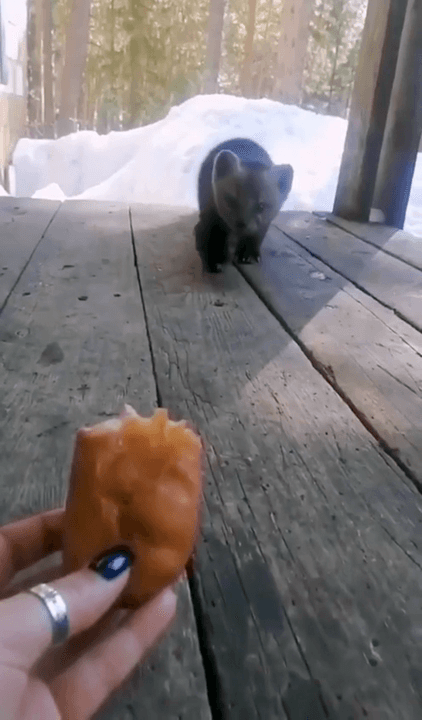
Today, 14 February, in Orthodox calendar is the day of the Holy Tryphon, especially revered in Russia. The holy martyr is highly revered by Russian hunters, being their patron saint. He was depicted on icons with a falcon on his arm, and originally he was on the coat of arms of Moscow. There is a legend that under Tsar John the Terrible, during the royal hunt, the king's beloved gyrfalcon flew away. The tsar ordered the falconer Trifon Patrikeev to find the bird that had flown away. Falconer Trifon toured the surrounding forests, but without success. On the third day, tired of a long search, he stopped near Moscow, in a place now called Maryina Grove, and in exhaustion lay down to rest, having fervently prayed to his patron saint, the martyr Tryphon, asking him for help. In a dream, he saw a young man on a white horse holding a royal gyrfalcon, and this young man said: "Take the missing bird, go with God to the king and don't worry about anything." Upon waking up, the falconer actual
Post: 14 February 14:35














